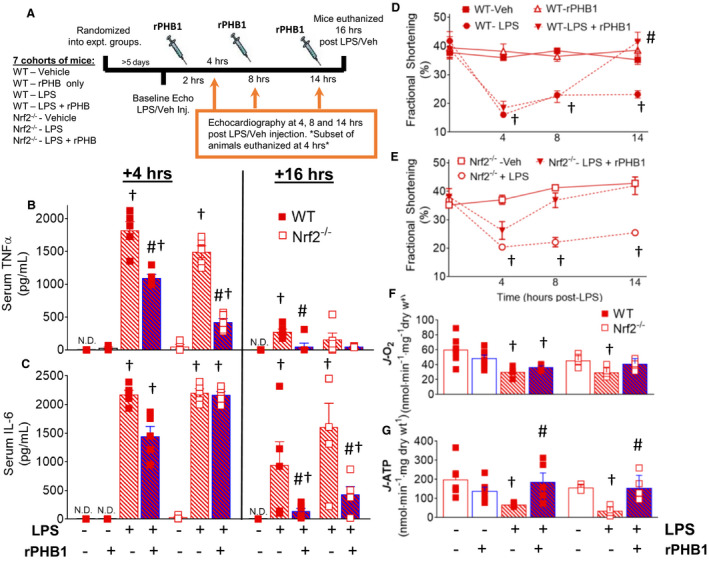Figure 4. Administration of rPHB1 restores cardiac systolic function and mitochondrial OxPHOS during endotoxemia independent of Nrf2.

The broad experimental design and mouse genotypes/treatment groups is outlined in (A). Serum concentrations of TNFα (B) and IL‐6 (C) were measured in WT and Nrf2‐/‐ mice +4 hours and +16 hours after LPS challenge in mice administered either saline vehicle (red‐shaded bars), or rPHB1 (blue‐shaded bars) at +4, 10 and +16 hours after LPS challenge. Cardiac systolic function in WT (D) and Nrf2‐/‐ mice (E) were determined in response to LPS challenge and administration of vehicle or rPHB1 at time points indicated. Rates of pyruvate/malate (CI) ‐supported mitochondrial respiration (J‐O2) (F) and ATP production (J‐ATP) (G) in permeabilized ventricular myofibers prepared from the mice at +16 hours are also shown. N=4–6 mice in each group. A 1‐way ANOVA followed by Tukey’s post hoc multiple comparisons test between groups was used to test for differences in main effect of LPS and rPHB1 treatment within each genotype. † P<0.05 vs untreated mice (‐ LPS, ‐rPHB1), and # P<0.05 vs +LPS for that respective time point and genotype. LPS indicates lipopolysaccharide; N.D., not detectable; Nrf2, nuclear factor (erythroid‐derived 2)‐like 2; OxPHOS, oxidative phosphorylation; rPHB1, recombinant human prohibitin 1; TNFα, tumor necrosis factor α; and WT, wild type.
